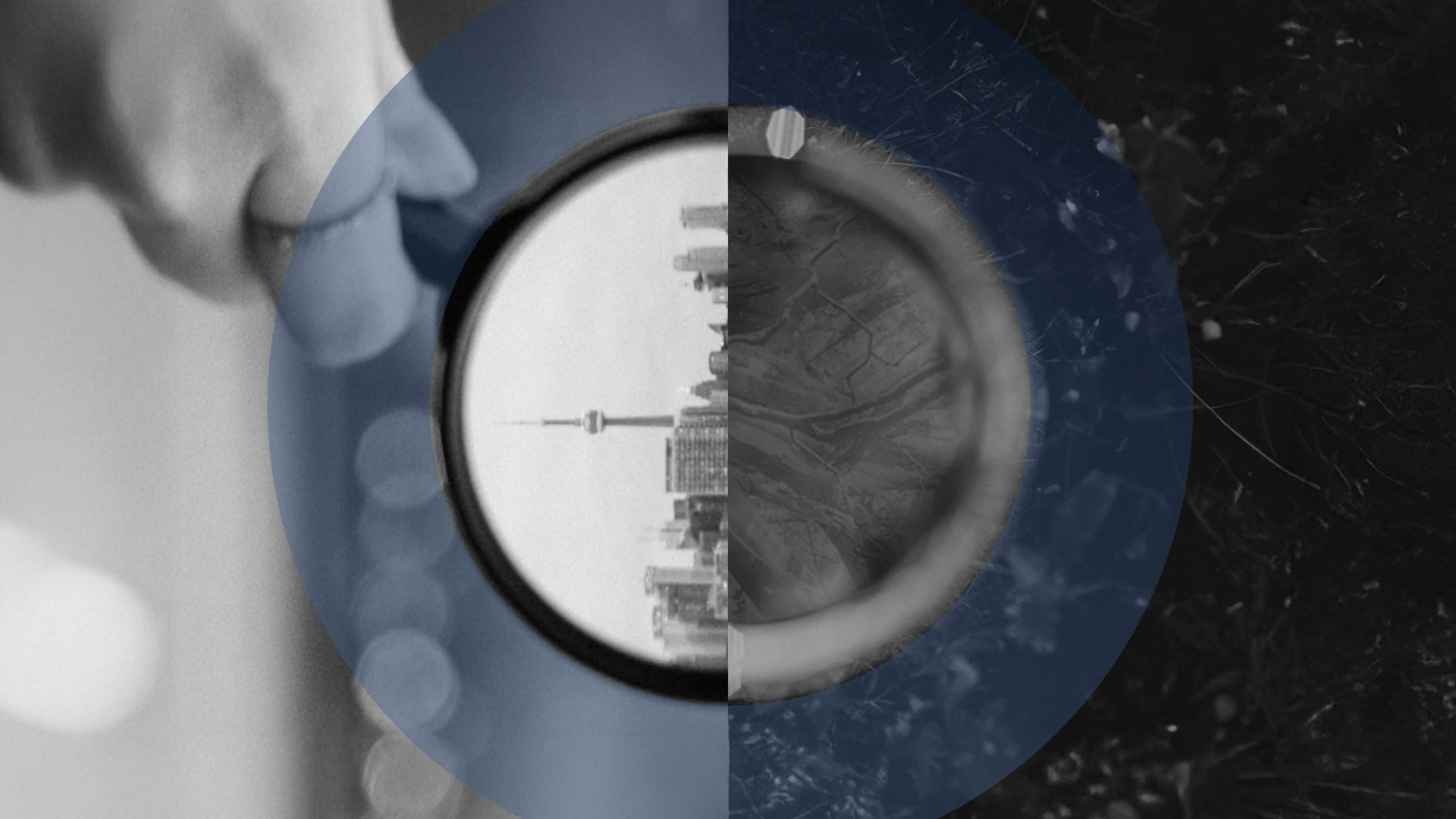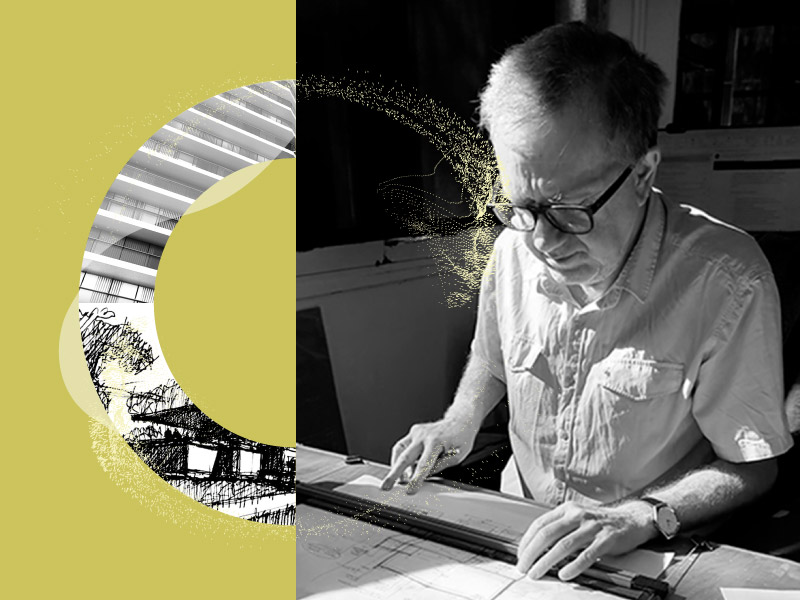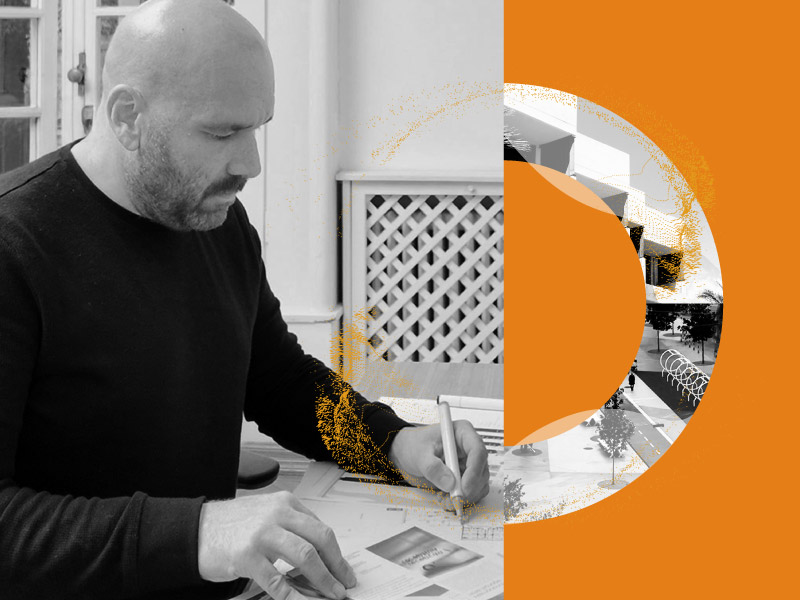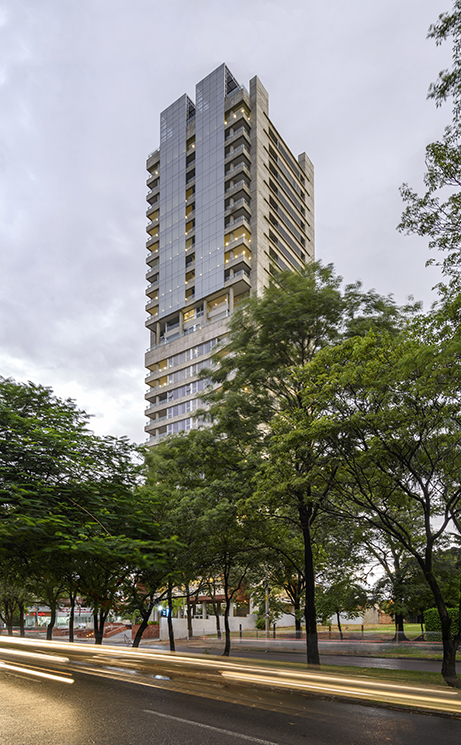


Reading time: 5 minutes.
“An intellectual says a simple thing in a complicated way. An artist says a complicated thing in a simple way.” Charles Bukowski.
I asked ChatGPT to write a text about the poetics of the porch. It returned a theoretically decent, politically correct description, yet one devoid of lived experience—“it didn't speak about you or me,” as Sabina would say. Now that I think about it, do you have porch stories?
If you're tempted to try this yourself with ChatGPT, please pause for a moment. First, recall a meaningful moment in your life—the first one that comes to mind. Take your time, notice who was there, how you felt, and what the place was like. Those vital transitional spaces are thresholds, marking a clear before and after.
The disconnection I propose doesn't mean abandoning technology or falling into a naive idealization of slowness. Rather, it's about creating a counterpoint—opening spaces where we can once again inhabit time and space in a deeper, more meaningful way.
As Byung-Chul Han suggests, it's about "generating zones of resonance": places where not everything is predetermined, where the experience of others, the environment, and oneself can unfold with depth. A depth that acts as a porch, as a threshold, where public and private intertwine without dissolving, and where experiences become possible beyond the grasp of algorithms, renders, and BIM entities that parameterize and predict everything.
The city is much more than physical support or a functional structure. Above all, it is a fabric of relationships—a sensitive territory inscribed with encounters, memories, tensions, and affections. In today's context of digital hyperconnectivity, constant productivity, and strategic planning, we risk losing sight of that subtle yet essential dimension that makes a city truly livable. This dimension cannot be planned or optimized, because it emerges from the unexpected, from relationships, from openness to the other.
In this sense, hybrid spaces can play a fundamental role. When they are not mere marketing strategies or empty labels to attract investors, they become genuine urban thresholds. They are zones of programmatic ambiguity and social porosity. Places where boundaries blur between use and contemplation, between productivity and symbolism, between the individual and the collective. These spaces evoke what sociologist and urban theorist Richard Sennett calls an "open city": a city that doesn't impose a single meaning but provokes it; that doesn't close off meaning but enables it.
These urban thresholds—promenades, streets, squares, courtyards, coworking spaces, markets, neighborhood cafés—function like the artisan's pauses described by Sennett. They are interruptions inviting us to reflect on the city we are designing, inhabiting, and leaving behind. For architects, urban planners, and real estate developers, this represents both a challenge and an opportunity. Because the profitability of livability is measured not only in square meters sold, but also in the intensity of shared experiences, in the possibility of generating community, belonging, and a sense of place.
Therefore, the reconnection I propose does not imply nostalgia nor a total disconnection from our technological present. It aims to refocus our gaze toward availability—toward affective connection rather than technical connection. Toward creating contexts where inhabiting can unfold its full potential. Because a city is not transformed by infrastructure alone: it transforms when its inhabitants reclaim the right—and the possibility—to meet, to listen, to linger. And above all, to resonate.
This is where poetry lies, simplifying the lived experience of our urban thresholds. Like the image you created at the beginning without needing digital help. The invitation is to connect:” let’s talk about you and me."
Recommended readings:
- The Burnout Society. Byung-Chul Han. Herder.2015
- The Craftsman. Richard Sennett. Yale University Press.
- Building and Dwelling. Richard Sennett. Ethics for the City. Farrar, Straus and Giroux. 2018





